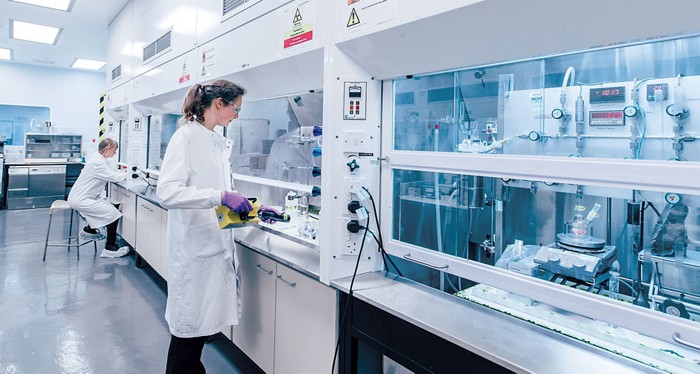The journey from a groundbreaking scientific discovery to a life-saving pharmaceutical product is a complex and challenging process. Drug discovery is a high-stakes endeavor that requires extensive research, innovation, and collaboration. Navigating the intricate terrain of drug discovery services is essential for pharmaceutical companies and researchers aiming to bring new treatments to market. In this roadmap to success, we will explore the key steps and considerations in the drug discovery process.
Target Identification and Validation – The journey begins with identifying a biological target that plays a critical role in a disease. This target could be a protein, enzyme, or receptor. Extensive research is conducted to validate the target’s relevance to the disease and its potential as a therapeutic intervention. This phase involves a deep dive into biology, genetics, and disease pathology.

High-Throughput Screening – Once a target is validated, the next step is to identify small molecules or compounds that can interact with the target and modify its activity. High-throughput screening is a crucial technique in drug discovery services, where thousands of compounds are tested to find potential drug candidates.
Hit-to-Lead Optimization – The compounds identified in high-throughput screening are often referred to as hits. These hits must be further refined to develop lead compounds with improved efficacy, safety, and pharmacokinetic properties. Drug Discovery Process plays a pivotal role in this phase.
Preclinical Research – Before advancing to human trials, extensive preclinical research is conducted to assess the safety and efficacy of lead compounds in animal models. This phase also involves toxicology studies to ensure that the drug candidate is safe for human testing.
Investigational New Drug IND Application – To initiate clinical trials, an IND application must be submitted to regulatory authorities, such as the FDA in the United States. This application contains data from preclinical studies and outlines the clinical trial design.
Clinical Trials – Clinical trials are conducted in several phases Phase I, II, and III to evaluate the drug’s safety, efficacy, and optimal dosing in humans. These trials involve rigorous testing on human volunteers and patients and are a critical part of the drug discovery process.
New Drug Application NDA – Upon successful completion of clinical trials, a New Drug Application is submitted to regulatory agencies for approval. This application includes comprehensive data on the drug’s safety and efficacy, manufacturing processes, and labeling information.
Manufacturing and Quality Control – Once a drug is approved, it enters the manufacturing phase. Pharmaceutical companies must establish robust production processes and adhere to strict quality control standards to ensure the drug’s consistency and safety.
Post-Market Surveillance – Even after a drug is on the market, monitoring its safety and efficacy is crucial. Post-marketing surveillance helps identify and address any unexpected adverse events or emerging safety concerns.
Market Access and Commercialization – Bringing a drug to market is not the end of the journey. It is essential to navigate market access, pricing, and marketing strategies to ensure the drug reaches the patients who need it.
Success in drug discovery services requires collaboration, expertise, and a relentless commitment to the highest standards of scientific rigor and ethical conduct. Navigating this complex roadmap demands not only scientific acumen but also a keen understanding of regulatory pathways, quality control, and market dynamics.